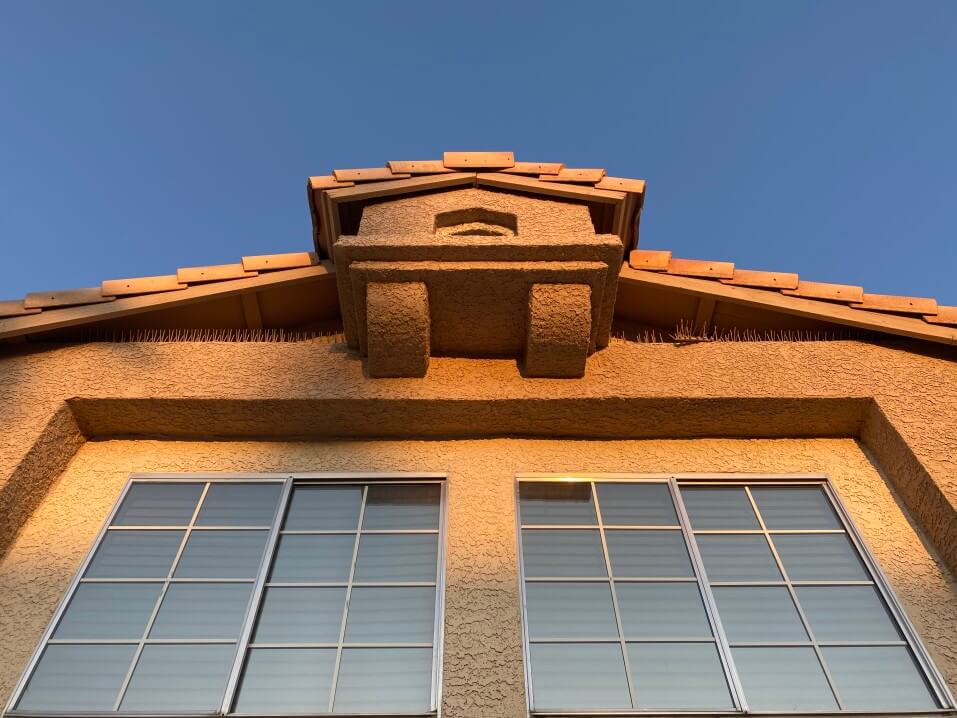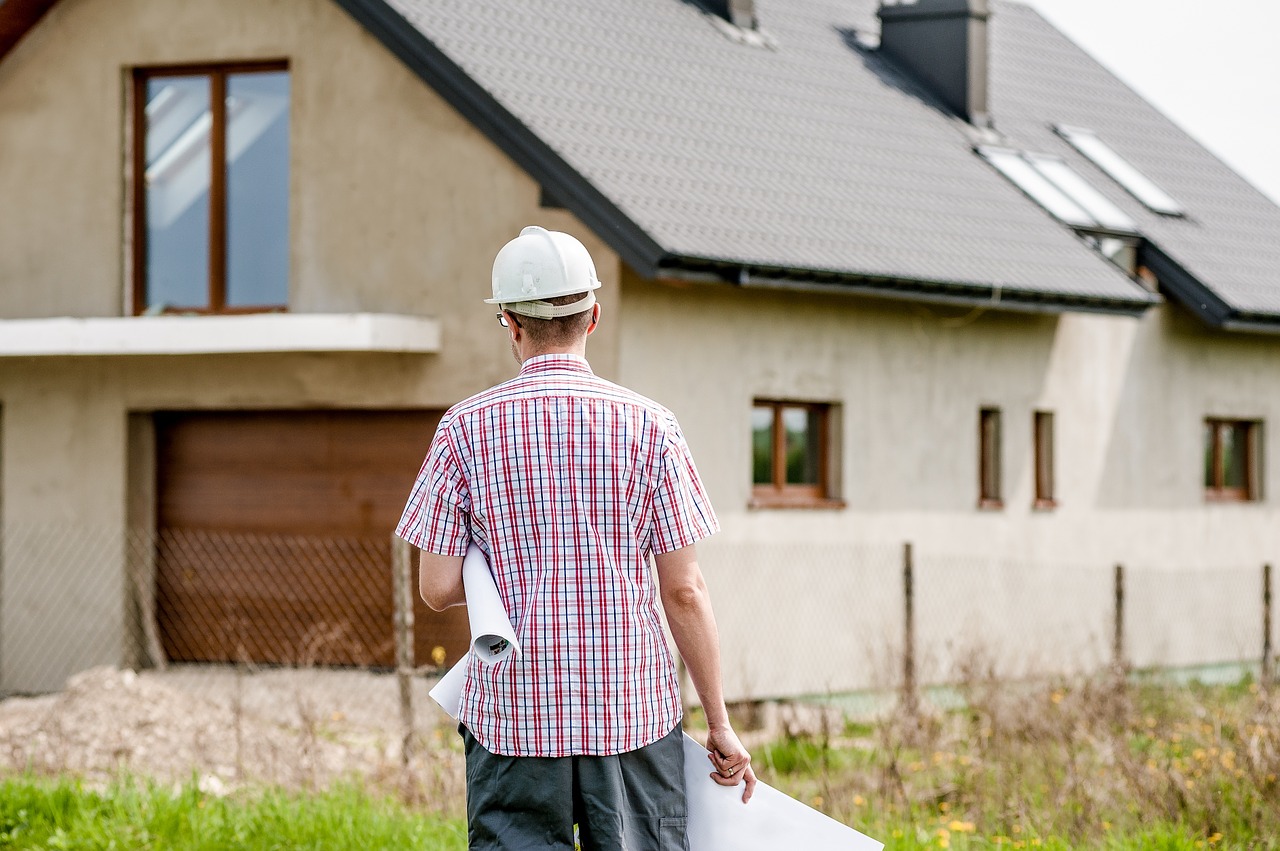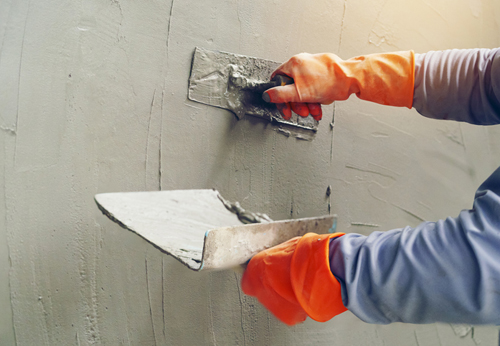Checking Out the Flexibility of Stucco in Modern Style
Stucco has actually long been acknowledged for its aesthetic charm and flexibility, yet its duty in modern style warrants a better assessment. By exploring its cutting-edge applications, from striking exteriors to energy-efficient styles, one can value exactly how stucco is redefining the borders of building expression.
Historic Relevance of Stucco
The historic significance of stucco is extensive, as it has played a crucial function in architectural practices across different cultures for centuries. Coming from in old worlds, stucco was made use of by the Egyptians and Greeks as a functional and resilient surface for both exterior and interior surfaces. Its adaptability to different climates and capability to simulate a lot more expensive materials made it a preferred selection.
In the Roman period, stucco came to be a main ornamental element, utilized extensively in public structures, suites, and temples. The Romans fine-tuned the application techniques, permitting elaborate layouts and alleviation sculptures. Throughout the Renaissance, stucco experienced a resurgence, particularly in Italy, where it was utilized in intricate exteriors and decorative details, showcasing the virtuosity of the duration.

Modern Applications in Layout
Stucco has found restored relevance in contemporary design as a result of its versatility and visual appeal (stucco contractor). This traditional product is progressively used in modern design, connecting the gap in between contemporary and traditional appearances. Engineers and developers appreciate stucco for its versatility, permitting it to be used in numerous styles-- from minimal frameworks to specify Mediterranean styles
In residential projects, stucco supplies a tidy, smooth surface that improves the aesthetic cohesion of exteriors. Its capacity to adapt different shapes and surface areas makes it a suitable choice for both brand-new constructions and restoration tasks. In addition, stucco's toughness and low maintenance requirements add to its growing popularity in urban setups, where durable products are important.
Commercial applications have likewise accepted stucco, with several businesses going with this material to create inviting and distinct stores. The usage of stucco in public structures, such as schools and recreation center, showcases its capacity for developing visually enticing atmospheres while supplying excellent insulation residential or commercial properties.
Shade and Texture Developments
Exploring shade and appearance technologies in stucco has opened up brand-new avenues for engineers and developers, improving the material's visual influence in contemporary building and construction. Current improvements in pigment technology have actually allowed for a larger range of colors, making it possible for designers to produce striking facades that integrate seamlessly with their environments or stick out as vibrant architectural statements. This adaptability in color selection uses engineers the ability to stimulate specific emotional feedbacks and harmonize with Source local appearances.
Structure innovations have actually similarly transformed stucco applications. Techniques such as shoveling, splashing, and marking have actually resulted in diverse surface area finishes, ranging from smooth and improved to responsive and sturdy. These variants not just add to the structure's character but additionally play a vital duty in light interaction, enhancing the aesthetic depth and dimensionality of surface areas.
Additionally, the introduction of synthetic stucco alternatives has expanded design opportunities, using improved resilience and weather condition resistance while preserving visual charm. As engineers continue to try out innovative shade schemes and distinctive surfaces, stucco stays a pivotal aspect in contemporary design, showcasing the material's adaptability and timeless significance in modern style.
Sustainability and Power Efficiency
Advancements in shade and appearance have not only improved the aesthetic appeal of stucco yet also paved the method for greater concentrate on sustainability and energy effectiveness in modern-day architecture. As ecological issues end up being increasingly popular, the building market is transforming its attention to materials that add positively to ecological equilibrium.
Stucco, made up primarily of natural materials such as sand, cement, and lime, supplies a lasting option to even more resource-intensive building products. Its long life and sturdiness minimize the need for frequent replacements, thereby minimizing waste and resource consumption over time. Contemporary stucco formulations commonly include energy-efficient ingredients that enhance insulation residential or commercial properties, lowering heating and air conditioning costs for buildings.
The reflective top qualities of stucco index can also be crafted to reduce heat absorption, contributing to cooler interior settings and much less dependence on synthetic environment control systems. By promoting energy preservation and lowering the carbon impact of frameworks, stucco lines up with the concepts of sustainable style. As architects and contractors take on green practices and innovative strategies, stucco sticks out as a versatile and accountable choice in modern layout.

Situation Studies of Stucco Projects
The adaptability of stucco as a building product is exhibited in different successful architectural tasks that highlight its visual and functional advantages. One noteworthy instance is the remodelling of the historical Casa de la Guerra in Santa Barbara, California. Making use of stucco not just protected the structure's Spanish Colonial Revival design yet additionally boosted its toughness and climate resistance, ensuring durability while maintaining building honesty.
Another engaging case is the modern household task, the Cactus House in Scottsdale, Arizona. stucco contractor. This striking home attributes a smooth stucco coating that balances with the surrounding desert landscape. The stucco's light color mirrors heat, adding to energy effectiveness, while the distinctive surface areas include aesthetic interest
Additionally, the Kings Cross redevelopment in London showcases the adaptability of stucco in city settings. The application of stucco on modern-day mixed-use structures creates a natural aesthetic that values historical context while welcoming modern style concepts.
These study demonstrate how stucco can serve numerous building functions, from conservation and energy performance to visual enhancement, making it a versatile option in modern-day architecture.
Final Thought
 In conclusion, stucco's historic value and modern-day flexibility make it an navigate to this website important product in modern design. As demonstrated through numerous situation studies, stucco continues to play an important duty in shaping the building landscape of the modern-day period.
In conclusion, stucco's historic value and modern-day flexibility make it an navigate to this website important product in modern design. As demonstrated through numerous situation studies, stucco continues to play an important duty in shaping the building landscape of the modern-day period.

In verdict, stucco's historical importance and contemporary flexibility make it a valuable material in contemporary architecture.
Comments on “Secret Questions to Ask Prior To Working With a Stucco Contractor for Your Job”